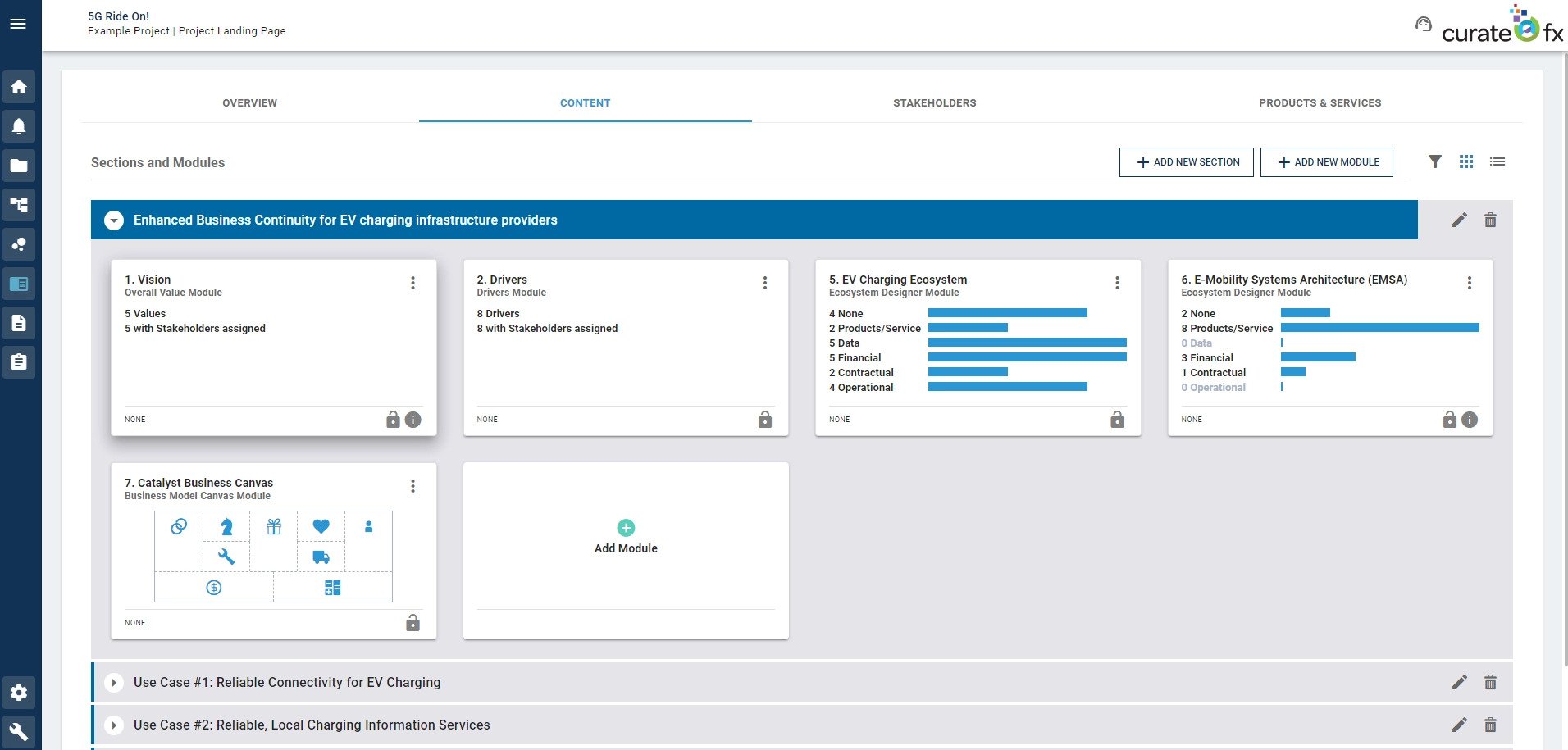Design and Model Platform Ecosystems with Tr3dent
Use Transformation Accelerator to plan and model business ecosystems that drive digital transformation.
 The fundamental challenge presented by the Platform Ecosystem model is the complexity of the ecosystem itself.
The fundamental challenge presented by the Platform Ecosystem model is the complexity of the ecosystem itself.
Multiple collaborating partners operating multiple bi-directional integrations and data flows presents a steep challenge for comprehending and planning, and so designing such a universe can prove overwhelming.
Given it’s strategic importance it’s thus vital that vendors equip themselves with the right tools to tame this complexity and quickly and effectively advance their ecosystem design models.
Tr3Dent’s Transformation Accelerator
Tr3dent is a vendor offering a SaaS planning application for taming and managing this complexity. Their Transformation Accelerator is built to strategically manage the life-cycle of complex business models and ecosystems that deliver new and innovative digital services.
The Accelerator app provides a holistic business model development and planning tool, with a number of different sections for creating its component parts.
Each section has access to a library of template modules, so you can quickly assemble a structure composing business model canvas designs, define and visualize stakeholder relationships and agree and gain commitment on roles and responsibilities.

Particularly relevant and valuable to the process of designing platforms is the ability to model and visualize business ecosystems, where you can identify and plot key points of integration and dependencies between partners, systems and infrastructure.




